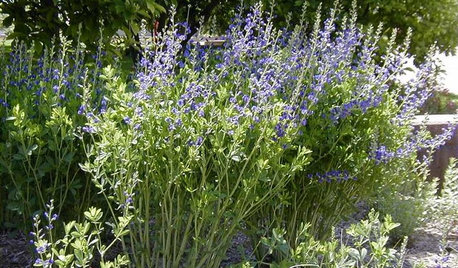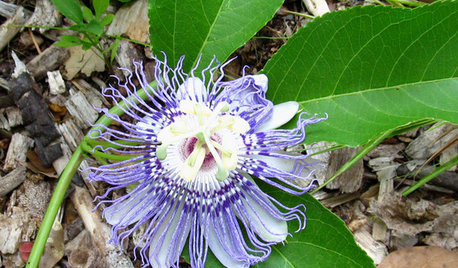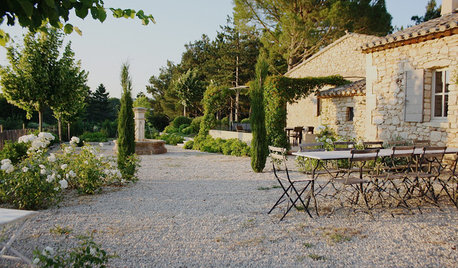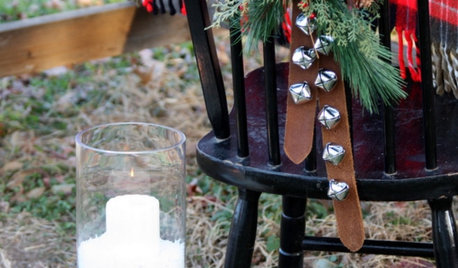Spotted Wing Drosophila and fruiting times
zendog
9 years ago
Related Stories

MOST POPULARHow to Get Rid of Those Pesky Summer Fruit Flies
Learn what fruit flies are, how to prevent them and how to get rid of them in your home
Full Story
BASEMENTSDesign Workshop: Is It Time to Let Basements Become Extinct?
Costly and often unnecessary, basements may become obsolete — if they aren’t already. Here are responses to every reason to keep them around
Full Story
GARDENING GUIDES7 Ecofriendly Gardening Ideas That Also Cut Chore Time
Spend less time weeding, less money watering and more moments just sitting back and enjoying your healthy garden
Full Story
GARDENING GUIDES5 Great Plants for Borders and Screens
Get the effects of a shrub but in less time — and drawing more winged pollinators — with these herbaceous perennials
Full Story
CONTAINER GARDENSPatio-Perfect Berry Bushes Like You’ve Never Seen
Small enough for pots but offering abundant fruit, these remarkable bred berries are a boon for gardeners short on space
Full Story
GARDENING GUIDESGreat Design Plant: Passiflora Incarnata
Enjoy the amazing flowers and edible fruit of U.S. native Passiflora incarnata (also known as maypop) — the butterflies sure do
Full Story
GARDENING FOR BUTTERFLIESBring on the Birds: Natural Habitat Ideas for Gardens of All Sizes
Provide nesting, watering and perching spots inspired by the Costa Rican jungle and watch the birds flock on over
Full Story
Houzz Call: What Gives You the Creeps at Home?
Halloween horror got nothing on your basement, attic or closet? Show us that scary spot you steer clear of
Full Story
TRADITIONAL HOMESMy Houzz: A Centuries-Old French Estate Charms Again
Time and local artisans help a couple realize an idyllic French country retreat — and you can rent it
Full Story
ENTERTAININGHow to Prep for a Holiday Party in One Week
You can take care of the house, menu and music in a few days with help from this time-saving checklist
Full StoryMore Discussions








Bradybb WA-Zone8
windfall_rob
Related Professionals
Tempe Landscape Architects & Landscape Designers · Goodyear Landscape Contractors · Manchester Landscape Contractors · Broadlands Landscape Contractors · Coram Landscape Contractors · Desert Hot Springs Landscape Contractors · Fort Mill Landscape Contractors · Marlborough Landscape Contractors · Middletown Landscape Contractors · Morrisville Landscape Contractors · Northbridge Landscape Contractors · Peoria Landscape Contractors · Point Pleasant Landscape Contractors · Woodland Landscape Contractors · Forest Hill Landscape ContractorszendogOriginal Author
larry_gene
ericwi
zendogOriginal Author
bob_z6
bonnan
ericwi
northwoodswis4
jtburton
olreader
northwoodswis4
Bradybb WA-Zone8
bob_z6
northwoodswis4
larry_gene
HU-760700832
The Logician LLC
HU-760700832